Guide to Barcodes vs. QR Codes: In-Depth Comparison and Analysis of Both Label Types
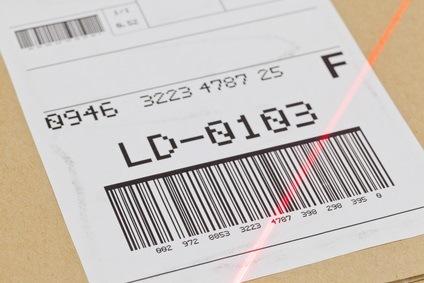

Everyone is familiar with barcodes – the black-and-white codes featuring a series of parallel lines that a cashier scans in the checkout line – but QR codes are also becoming widely known and recognized. Both QR codes and barcodes store information about an item or product in a machine-readable format that can be easily scanned with a barcode scanner or, more recently, many smartphones (when equipped with a barcode-scanning app or QR code reader).
When it comes to labeling inventory, parts, equipment, and consumer products, does one offer more advantages over the other? The choice between a barcode and QR code is typically dependent on a few variables, such as the amount of data that needs to be stored in the code, the type of item or product being labeled, and other considerations. We’ve put together this guide to help you differentiate between barcodes and QR codes and identify the applications for which each is best-suited.
A barcode is a small, two-dimensional code featuring a series of lines (or bars) and spaces (typically white spaces of varying sizes with black lines of varying thickness). The specific sequence of bars and spaces are readable by a machine (a barcode scanner) and represent numbers and other symbols. There are generally five components of a barcode:
The most basic type of barcode is known as a 1D (or one-dimensional) barcode, and it’s been around since 1974 in retail applications, while some sources state that the 1D barcode originated in the 1960s in industrial work environments. These barcodes can store text-based information, such as the type, size, and color of a product. Barcodes are widely recognized by the end consumer as the code that is scanned at the point-of-sale during a product purchase, comprising the upper portion of the UPC label (Universal Product Code) found on consumer packaging; the 12-digit number found below the barcode on a UPC label is the UPC number. In a UPC code, the barcode encodes several important numbers: 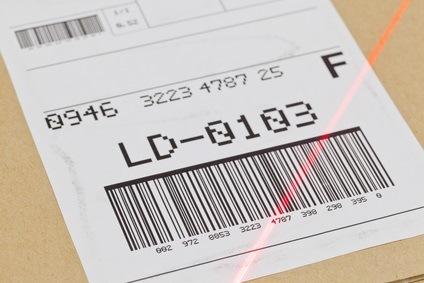
In addition to the widely recognized UPC label, one-dimensional barcodes can take a variety of other forms for various applications, including:
The 1D barcode variations listed above represent numeric digits only. There are also several alpha-numeric variations (symbologies):
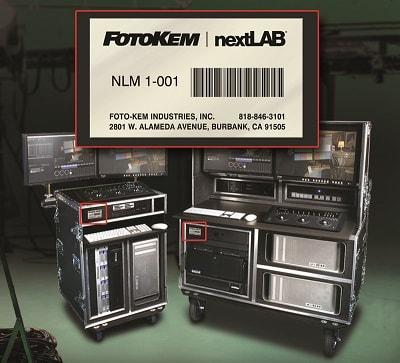 In addition to point-of-sale applications, 1D barcodes are also used for labeling raw materials and inventory management, providing a way to monitor inventory levels with less need for hands-on human intervention (and less room for human error). They’re also used by the postal service and throughout the shipping industry as a whole, providing a more accurate way to track packages and ensure delivery.
In addition to point-of-sale applications, 1D barcodes are also used for labeling raw materials and inventory management, providing a way to monitor inventory levels with less need for hands-on human intervention (and less room for human error). They’re also used by the postal service and throughout the shipping industry as a whole, providing a more accurate way to track packages and ensure delivery.
Additionally, barcodes are used to label and manage library books (and for ISBN codes on all books), for filing systems, and in a variety of other applications with the need to track and manage a large volume of inventory or supplies.
Barcodes are widely utilized due to a few distinct advantages:
The QR code (Quick Response Code) was first created for the automotive industry in Japan in 1994, making it an infant relative to the decades-old barcode. QR codes are two-dimensional (2D) barcodes, also known as matrix codes. The term “QR code” is actually a trademark for a specific type of two-dimensional matrix code, but its use is so widespread that “QR code” has become the de-facto face of the two-dimensional barcode (although there are other types of 2D barcodes as well).
QR codes and barcodes are both machine-readable, optical labels that store information about an item or product. Unlike the standard 1D barcode, QR codes can store information in two directions – horizontally and vertically – while 1D barcodes can only store information in one direction – horizontally. This allows them to hold much more information: a 1D barcode can typically store about 20 to 25 characters, although some variations can store more – the standard Code 39 barcode, for instance, can store up to 43 characters. A QR code, on the other hand, can store up to 2,509 numeric characters or 1,520 alpha-numeric characters, storing information such as: 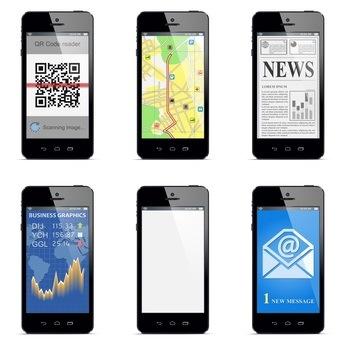
In addition to numeric and alpha-numeric characters, QR codes can also support byte/binary and Kanji data modes.
Thanks to their ability to store various types of information, QR codes are used for a variety of applications. You’ll find them on cereal boxes, posters, advertisements, on museum exhibits (connecting visitors to additional information about an exhibit), and even on business cards, allowing a contact to simply scan the QR code to input all the individual’s information, from their name and physical address to company name, phone number, website, and more.
While QR codes gained recognition due to their increasingly widespread use in marketing and consumer-facing applications, they can also be useful in industrial applications, such as:
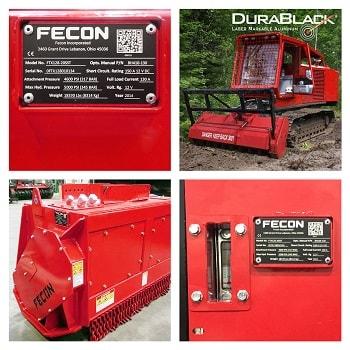
There are several innovative uses of QR codes in municipal and construction settings, such as placing QR codes on construction signage to direct people to information that addresses community concerns or QR codes that auto-dial emergency services when scanned. Some municipalities are using QR codes to connect to building permits and to provide citizens with easy access to information about building projects, such as the property owner, the scope of work for a construction site, and related projects. Some localities are even using QR codes to create a virtual walking tour of the city.
Note, however, that regulatory guidelines in some industries require the use of specific symbology, colors, and text, and storing such information in a QR code in lieu of having the full required signage in visible format (without the need to scan a QR code) may not meet regulatory requirements. Industrial safety signs are one example. When it comes to safety, expediency is key, necessitating clear, concise, and readily digestible safety warnings and important information – such as fire exits. It’s not realistic to expect individuals to scan QR codes (or 1D barcodes, for that matter) to find the nearest fire exit, making QR codes impractical for such applications. However, QR codes may be used to supplement required signage in some industrial applications, provided that the appropriate signage is also present.
2D barcodes, as a whole, are considered more secure, as the information they store is easily encrypted and allows for less room for error. QR codes, specifically, have three levels of error-detection built-in. The minimum size for QR codes is 21-by-21 cells. They can increase in size in increments of 4-by-4 cells, with a maximum size of 105-by-105 cells.
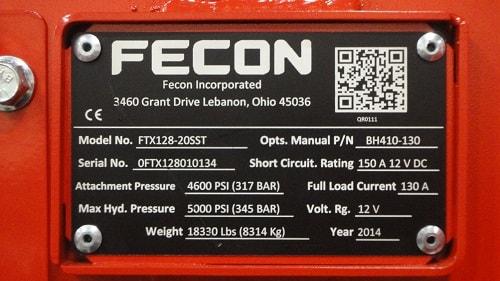 The QR code’s claim to fame is that they bridge the gap between the digital and physical worlds. While first introduced in 1994, they didn’t gain much ground for the next several years. But by 2006, nearly 100% of mobile users had smartphones capable of scanning QR codes, providing unprecedented opportunities for brands to connect and share information with consumers or users.
The QR code’s claim to fame is that they bridge the gap between the digital and physical worlds. While first introduced in 1994, they didn’t gain much ground for the next several years. But by 2006, nearly 100% of mobile users had smartphones capable of scanning QR codes, providing unprecedented opportunities for brands to connect and share information with consumers or users.
Still, while they’re increasingly being used in a variety of applications, QR codes have yet to fully realize their potential in this context. Most smartphones today can scan both QR codes and 1D barcodes (such as UPC codes) with an app, but the newest models are coming with some baked-in QR scanning capabilities. As they become easier for end consumers to use they are likely to become even more prominent in consumer-facing applications. For instance, Google Chrome announced in February 2017 that the mobile version of its browser will now come with built-in scanning functionality – but notably, this functionality applies not only to QR codes, but to 1D barcodes, as well. In other words, those who use the Chrome browser on their mobile devices will no longer need to download a separate application to scan barcodes and QR codes.
QR codes may be considered easier to scan compared to 1D barcodes, as they can be scanned in any direction, whereas 1D barcodes have to be scanned from the proper angle. A linear barcode scanner cannot read a 2D barcode, although an imager scanner can read both 1D and 2D barcodes.
That said, readability issues (the ability of a barcode scanner to scan and decode data in a barcode) are a concern with both 1D and 2D barcodes, and they often suffer from similar technical and environmental variables, such as:
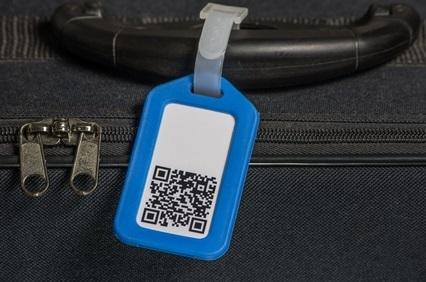
These potential pitfalls can be managed in several ways:
There are a variety of considerations in choosing a barcode scanner, such as handheld vs. fixed-location barcode scanners, wired and wireless models, and scanning distance. In addition to linear barcode readers and imagers, omni-directional scanners are another option. Like laser barcode readers, they use a laser, but in a mixed-grid pattern rather than a single straight laser line. Some omni-directional barcode scanners are capable of reading 2D barcodes. Additionally, many smartphones are now capable of scanning both 1D and 2D barcodes, either with the aid of a downloadable app or as a native capability.
There are other advantages and disadvantages between lasers and imagers, including:
There are many applications in which there is no definitive correct choice between 1D barcodes and QR codes. When you simply need to store an item identification number or connect to information in a database about a product or item, 1D barcodes are a suitable choice.
When you need to store larger amounts of data and make that information accessible to others (inspectors, citizens, etc.) who do not have access to the database where additional information is stored, QR codes are a valuable tool for making such information easily accessible. They’re also a space-saving solution when you need to provide ready access to product specifications, instruction manuals, or procedures but lack the room for larger labels and signage on the item.
A careful analysis of your application requirements, regulatory compliance concerns, the feasibility of including additional labels and signage for compliance, and your barcode scanning technology (or ability to upgrade to the necessary scanning technology) will help you to select the right symbology for your needs.
Read More from Metalphoto of Cincinnati:
Our sales engineers are experts in automatic asset tracking, tagging and identification,a nd can answer all your questions. Get in touch now.
Lets Talk ›